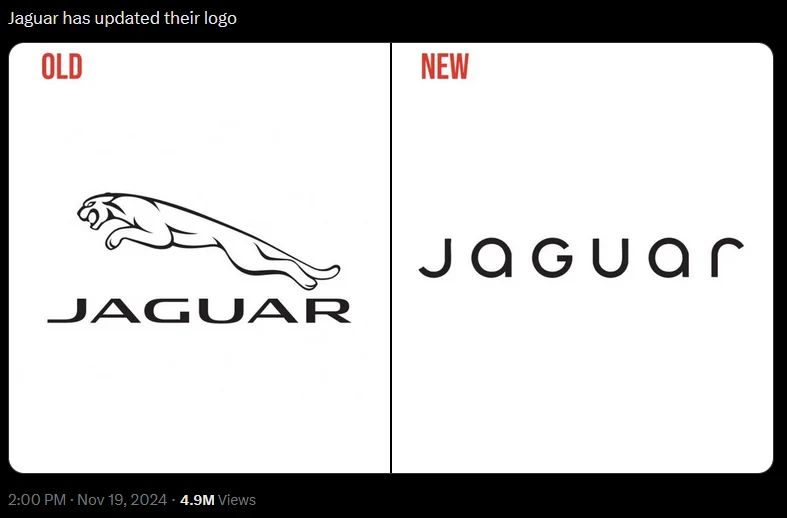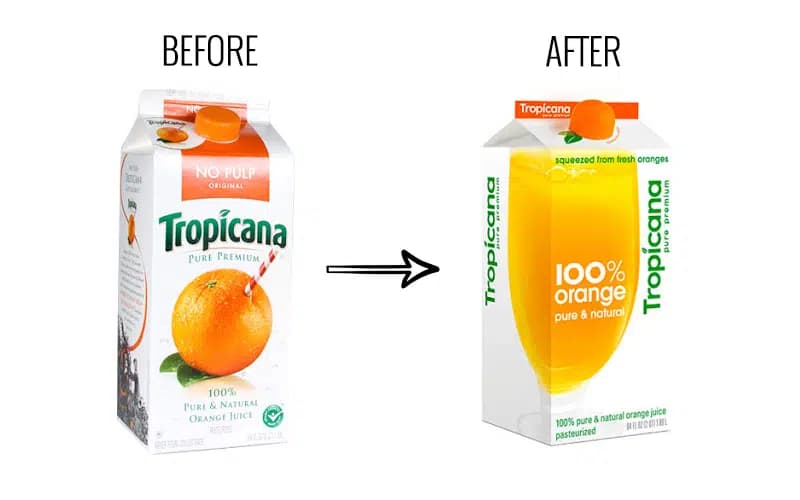2025 Creative Techniques in Advertising According to Experts
Want to save time?
Summarize this article in seconds with AI
Remember when flashy ads and big celebrity endorsements were enough to grab attention? Sure, they still hold an important place in advertising. However, consumers today are pickier about what they engage with, and traditional tactics just don’t deliver as easily as they used to.
What is the future of advertising in 2025?
In 2025, advertising is shifting toward personalization, interactivity, and storytelling. AI is helping brands tailor ads down to the smallest detail, influencers are becoming more niche, and advertising techniques in commercials are leaning heavily on humour, emotions, and immersive experiences.
Here’s what experts say are the most effective creative techniques in advertising that businesses should focus on this year.
1. AI-Driven Personalization: No More Generic Ads
Consumers expect brands to know them—what they like, what they need, and even when they need it. AI-powered ads do just that. They analyze user behaviour, interests, and past interactions to serve hyper-personalized content.
Think Netflix recommendations, but for ads. Whether it’s dynamically changing visuals advertising techniques in commercials or tailored product suggestions, AI makes advertising feel like a one-on-one conversation rather than a sales pitch.
Aside from the data perspective, consumers find entertainment and connection in being involved with the brand. Take, for example, MTR's Mother's Day campaign in May 2024. They set up AI portrait stations at different locations, where participants could get their "royal" portraits created by AI on the spot. QR codes to download and physical printouts were provided as branded souvenirs.
This approach not only delivered a unique, personalized experience but also turned participants into organic brand ambassadors. It was a powerful move by MTR advertising and its partners. By sharing their AI-generated portraits on social media, they extended MTR’s reach far beyond the initial interaction.
2. Emotional Storytelling: Make Them FEEL
People don’t buy products, they buy stories, emotions, and experiences. The best ads of 2025 need to connect. Whether it’s humour, nostalgia, or a tear-jerking story, emotional ads stick in people’s minds.
Take Apple’s 2024 holiday commercial "Heartstrings" or Nike’s humourous "Winning isn't comfortable" ad. More than just highlighting their products, they intrigue an audience with a story, with a "question mark", with an emotional investment.
Also read about:
3. Influencer Marketing, But Be Real
If you've walked around in Hong Kong, you would've noticed the plethora of ads featuring a celebrity holding up a product. That sure holds its value in Hong Kong's market. However, engaging the younger generations and beyond will require a switch in strategy. The new wave of influencer marketing is all about authenticity. Micro-influencers (with smaller but loyal followings) and niche content creators are where the real engagement happens.
View this post on InstagramA post shared by 香港打卡好去處📸ʜᴏɴɢ ᴋᴏɴɢ ᴛʀᴀᴠᴇʟ ᴄᴏᴜᴘʟᴇ 🇭🇰✈️🚙✨旅遊玩樂自駕遊💖 (@thehkcouple)
Currently in Hong Kong, travel and restaurant recommendation content is among the most popular on social media. These are not necessarily creators with a big following. They usually have a specific niche that fits what the viewer is looking for. Like the @hktravelcouple on Instagram, their content mostly evolves around local entertainment/activities that are free or at least "no frills".
Another example, Forklore, features chefs and restaurateurs in Hong Kong discussing their favourite places to eat. Their page is specifically targeted at food lovers who want authentic, insider recommendations rather than generic sponsored posts.
For brands, this shift signals a crucial change in advertising strategies and techniques—instead of pushing ads through high-profile endorsements, businesses can achieve stronger, more meaningful connections by collaborating with niche creators who align with their values and audience interests.
4. Interactive & Immersive Ads: Let Them Play
The future of advertising is interactive. Like our AI example earlier, campaigns need to physically engage audiences.
Earlier this year, JCDecaux partnered with Teleport to launch a new series of immersive advertising solutions. One of these installations features a deepfake of Albert Einstein interacting with the participants and eventually taking a selfie with them:
This kind of interactive and immersive advertising techniques in commercials is proving its power in 2025. We will see more and more brands try to adopt this into their channels as the level of customer engagement that they get is unlike any other medium. By blending technology with physical interaction, brands can turn passive viewers into active participants. And the result is a deeper emotional connection and higher recall value compared to traditional static ads - When you see it you might not remember it, but when you do it? You will remember.
Related articles:
5. Sustainability & Social Responsibility: Walk the Talk
Consumers are more conscious than ever about where they spend their money. Brands that genuinely care about sustainability, fair wages, and giving back will win over loyal customers.
In the skincare and cosmetics industry, cruelty-free practices have shifted from a niche preference to a key purchasing factor. More consumers now actively seek brands that prioritize ethical testing and ingredient sourcing, making transparency and sustainability essential for long-term brand loyalty. You can see trending videos like this circulating the internet:
But here’s the key: It has to be real. Greenwashing (pretending to be eco-friendly without actually doing much) won’t cut it. If your brand is doing something good—whether it’s eco-friendly packaging, charity partnerships, or carbon offset initiatives—don't be afraid to highlight it in your ads.
6. User-Generated Content (UGC): Let Customers Advertise for You
People trust people more than brands. That’s why UGC is gold—it feels real, unscripted, and relatable.
Many brands in Hong Kong have adopted this advertising technique, like Zenyum for instance:
Encourage customers to share photos, testimonials, or IG videos using your product. Feature their content in your social media ads. Offer incentives like giveaways or repost their content on your social media. A genuine review from a happy customer can be way more effective than a polished corporate ad.
7. Minimalist Ad Design: Less Is More But With A Caveat!
Overcrowded ads? Nope. The best ads of 2025 will focus on simplicity, clarity, and white space to let the message shine. However, don't fall into the trap of modernizing your brand to look like everyone else.
In recent years, we have seen many rebranding of iconic brands. Like Jaguar:

Or the orange juice brand, Tropicana:

These rebrands sparked heavy debate online among consumers. It was commonly expressed that they felt the rebrand lost the very brand identity that made the brand and product what they are. While Jaguar's new design embraces a sleek, digital-friendly aesthetic, some argue it lacks the character and prestige that defined Jaguar’s legacy. Or, what seemed like a clean, minimalist update turned into a marketing disaster. Customers struggled to recognize the brand on shelves, sales plummeted, and Tropicana quickly reverted to its original design.
Minimalism in advertising works—but not at the cost of brand identity. A strong visual presence doesn’t mean stripping everything down to the bare minimum; it means refining what makes your brand instantly recognizable and using design to enhance clarity, not erase personality.
Related articles you might be interested in:
The Takeaway
The best advertising strategies and techniques of 2025 will be a mix of tech, storytelling, authenticity, and engagement. You don’t always need a massive budget when it comes to it—just a smart approach. Focus on real connections, interactive experiences, and content that actually resonates with your audience.
Which of these creative techniques in advertising are you most excited to try?
 Cookie preferences
Cookie preferences








 Xiaohongshu Advertising Guide: How Can Hong Kong Brands Maximize Their Results?
Xiaohongshu Advertising Guide: How Can Hong Kong Brands Maximize Their Results?
 2x your advertising effectiveness: Master big data to optimize ad ROI
2x your advertising effectiveness: Master big data to optimize ad ROI
 Top 5 Best Ads in 2025 in Hong Kong
Top 5 Best Ads in 2025 in Hong Kong
 Hong Kong Outdoor Advertising Cost in 2026 | Adintime Report
Hong Kong Outdoor Advertising Cost in 2026 | Adintime Report
 Marketing Calendar 2026: Key Dates For Marketing Success
Marketing Calendar 2026: Key Dates For Marketing Success
 The Most Widely-Read Magazine and Newspaper in Hong Kong
The Most Widely-Read Magazine and Newspaper in Hong Kong
 Understanding YouTube Advertising Costs in 2025
Understanding YouTube Advertising Costs in 2025
 OOH /DOOH advertising in Hong Kong: Formats and Rates (2025 Update)
OOH /DOOH advertising in Hong Kong: Formats and Rates (2025 Update)
 How much does LinkedIn Advertising Cost? (2025 Update)
How much does LinkedIn Advertising Cost? (2025 Update)
 Press Ad Basics: Types, Formats and Ad Price
Press Ad Basics: Types, Formats and Ad Price